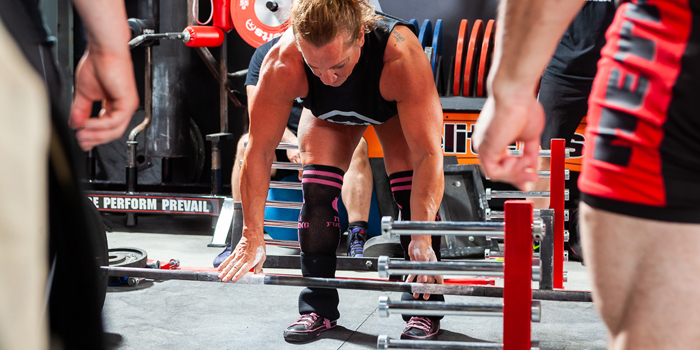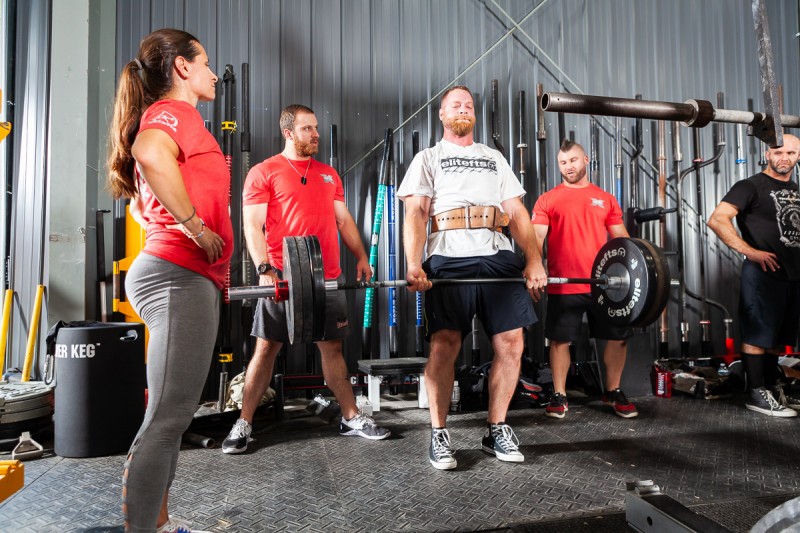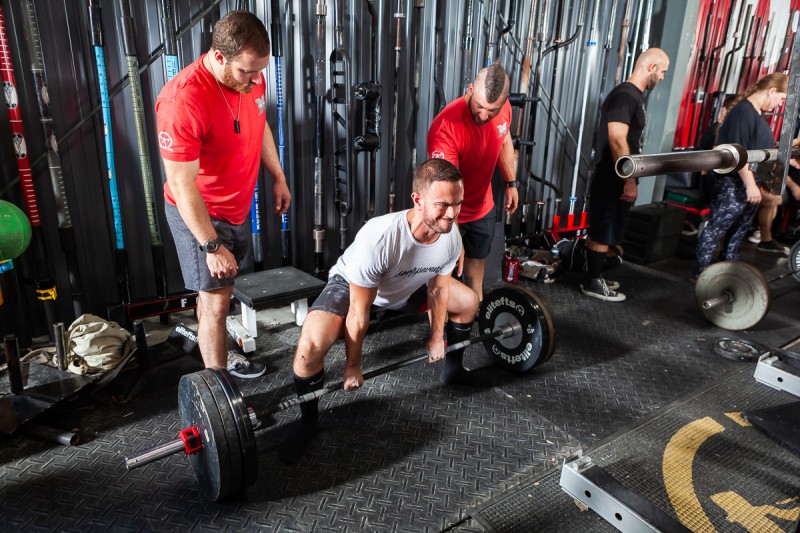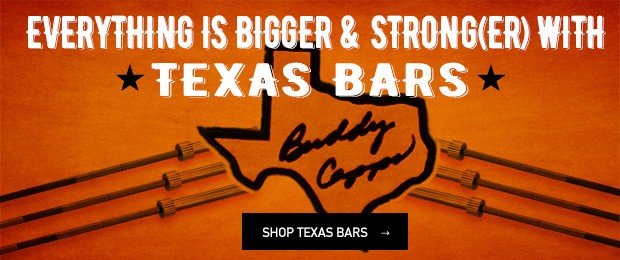
One thing that I have noticed from training at a commercial gym and in very rare cases at strength “grunge” gyms is the lack of variety in people and how they deadlift. Either they are a conventional puller or a sumo puller, as neither really train both unless their coach programs it for them.
In realizing this, I reached out to multiple people who train some type of deadlift and asked if they ever switch it up or if they just do the same thing over and over again. Respondents were powerlifters, strongmen, and Division I athletes. Almost all of these athletes didn’t really know why they switched their pulling type. More than half, however, did not switch between the two.
WATCH: Fixing the Sumo Deadlift
Once I learned of this, I was curious about why their program was the way it was, whether it was at the commercial gym, on-campus gym, athletes in a Division I sport, or self-programmed, no one altered their type of pull. For those who did their own programming, their main reason was that they didn’t like the other way or just did not see the point in switching.
At the on-campus and commercial gyms, it was more because their coach was very ill-informed, or they were just deadlifting because they saw it on the internet and really didn’t even know why they were doing it in the first place. Most of the athletes at commercial gyms tend to be bodybuilders rather than strength athletes.
However, the thing that was most puzzling was that of the Division I athletes. They are mainly programmed the sumo deadlift for their off-season workout, both at school and at home on break. The thing here is it seems as if they are only told to do this style of deadlift.
When asking my peers about previous seasons and how their body felt, it came as no surprise that the majority of them had some type of hip pain or irritability when playing or lifting. On top of this, those who did not switch between the two or alter their deadlift in any way tended to plateau.

My Personal Experience
Back to when I used to compete before I left for the Marine Corps OCS and had to become more of an endurance athlete, I was able to deadlift 617 pounds at 196 pounds in a competition on my 20th birthday. Not that this says much, but as a young powerlifter, deadlifting that much weight was a huge goal of mine. In order to get there, I would often do deficit deadlifts in order to get my pull off the ground with as much speed as possible.
Typically I would be able to grind just about anything out as long as it reached about just below knee height. But the thing that confused a lot of people then is that I would also train sumo to open up my hips and load my muscles differently. It also allowed me to work my grip strength as well as give my posterior chain a break from the demand of my own programming. This, in turn, allowed me to get a more than 600-pound deadlift at the age of 20.
This is such a simple concept to work into training, yet it is missed by a lot of self-proclaimed coaches who mainly copy and paste linear programs to fool those who don’t really know better. However, this was mainly at the college or local commercial gyms where no one tended to switch the style of pulling.
Pulling sumo for form and for speed allowed me to open my hips more and aid in flexibility, all of which transferred over into my conventional pull. On top of this, the ability to work different muscle groups helped in body health, and ultimately, I never really encountered an overuse injury, allowing me to train more often as well as never needing to take time off for injury.
Health Perks to Switching
As I stated above, overuse injuries tend to plague that of the strongman or powerlifting world. In a scientific study, “Injury Rates and Profiles of Elite Competitive Weightlifters,” weightlifting athletes had about 3.3 injuries per 1,000 hours of training.
RELATED: The Art of Programming for Injury Prevention/Risk Management
In this study, a chronic injury was anything that felt painful enough to alter their training or make normal movements such as the hip hinge in the deadlift painful. In this, most knee injuries were tendonitis, and back injuries were strains. Both of those are overuse injuries that can occur in the squat and deadlift. This repetitive motion leads to discomfort in the human body and is sometimes strong enough to hinder training.
This study showed that the most common injuries in lifters are overuse injuries, and torn muscles and major injuries also come from overuse, or in some cases, just a heavy overload.

Experience Coaching
Personally speaking, I train at Lightning Fitness, which is owned by the popular elitefts columnist and strongman, Matt Mills. When you need any type of advice or help at this gym, it is VERY easy to find.
When I was interested in the difference between conventional and sumo and why you should actually train both, Matt helped me and also referred me to his own article, “Add 100 Pounds to Your Deadlift.” In this article, he talks about how in his training for powerlifting he pulls sumo, but after wanting to take a break from it, he pursued strongman, which requires a conventional deadlift. So his then-coach told him not only to train conventional but would also have him pull sumo as well. And without really training it at all, he was able to hit a 705 double that was a PR. Matt said that it was in order to load and train his other muscles and gave his posterior chain a break.
Other coaches at Lightning Fitness also have their clients train both lifts. When I asked them why, their reasoning was the same as mine and Matt’s: to help with flexibility with those who only pull conventional, to load other muscles, and of course, to give the posterior chain a break to reduce the risk of an overuse injury.
Overall, the main point I want to get across here is that not many people, other than experienced coaches, know that no one pull is better than the other. An individual may be better at sumo or conventional based off of their leverages, but in order to progress, both should be trained if they are physically capable to do so.
Lifters Experience
Typically speaking, the people who train both types of pulls tend to have very strong ones. For example, I found that once I trained sumo along with my conventional, my conventional got stronger. This helped me to get the 617-pound deadlift on my 20th birthday.
READ MORE: 4 Accessories to Fix the Deadlift Lockout
Although I had to stop training for powerlifting because of my choice to become a Marine Corps Officer, I still train both. This is because of all that it does for my body. It enhances my flexibility, strength, and also improves my pelvic stability. On top of that, as I added this style of splitting into my training, my anterior pelvic tilt also began to go away.
Personally speaking, doing both pulls aided in the overall health of my hip joints as well as from a pure strength aspect. The people who train at Lightning Fitness typically do both styles of deadlifts, which contributes to a lot of people there having really strong deadlifts when they step on the platform.
References
- Calhoon, G and A C Fry. “Injury rates and profiles of elite competitive weightlifters” Journal of athletic training vol. 34,3 (1999): 232-8.











2 Comments